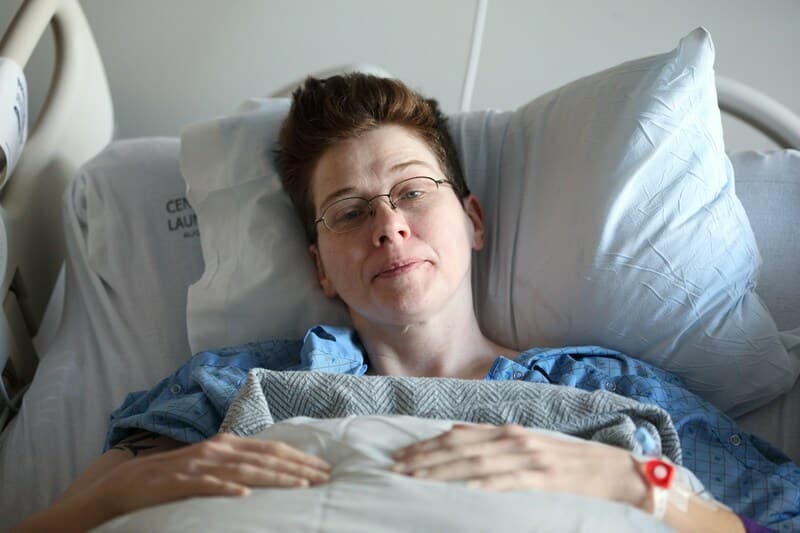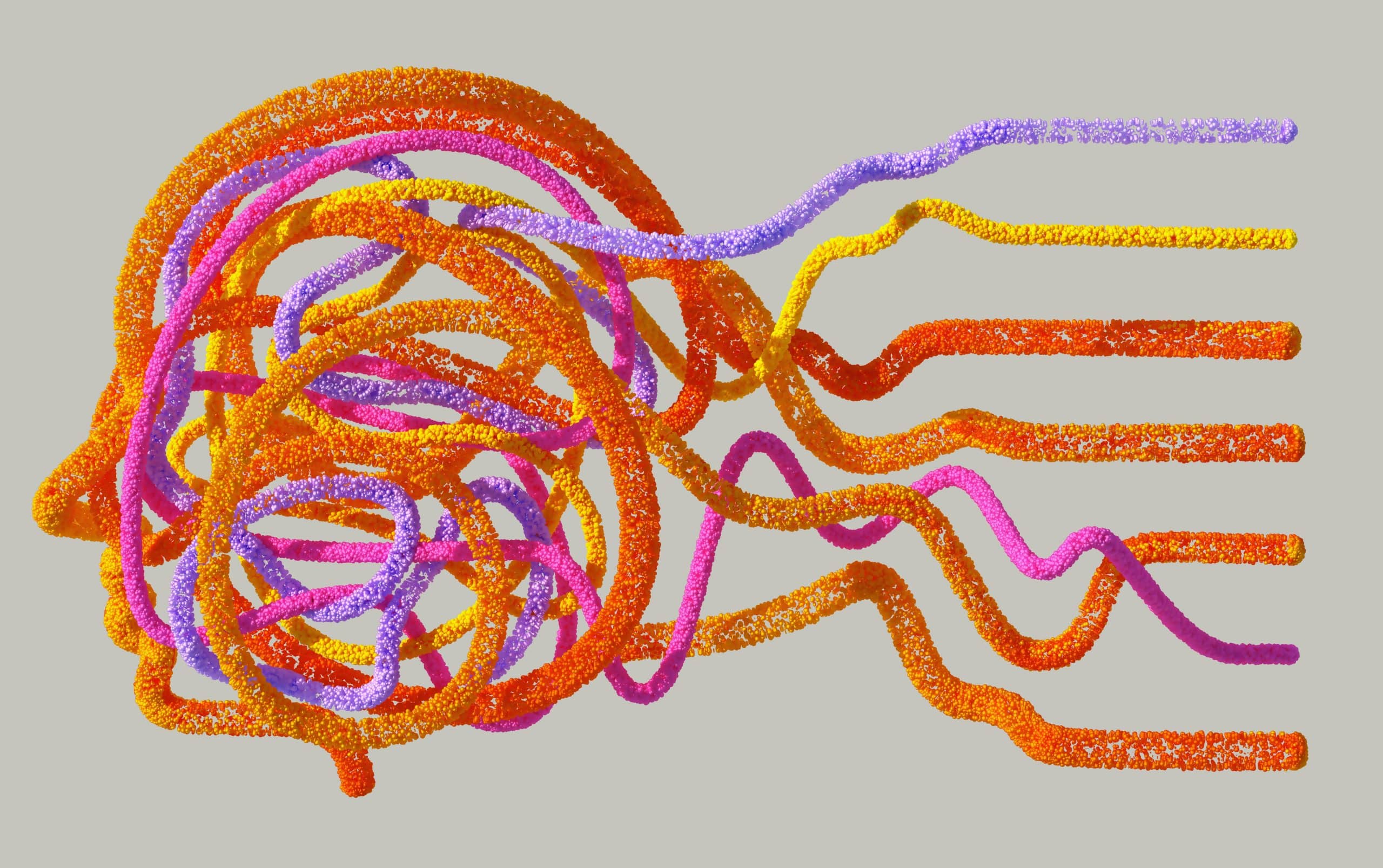Before this disorder was called dissociative identity disorder (DID), it was known as multiple personality disorder. To get a diagnosis, an individual must have two or even more unique personalities. When their identities switch, this individual may get memory gaps, disrupting their quality of life. Typically, severe childhood trauma causes this mental health condition to manifest.
Understanding Dissociative Identity Disorder
These split personalities are called alters and they have differences between them. Particularly, each alter is likely to have a specific behavior, thought pattern, and memories that make them distinct. In fact, some of these alters may consist of different ethnicities or gender identities, while having their own ways of interacting with society. Furthermore, these distinct personalities may sometimes control an individual’s behavior and thought processes.
Due to these personality switches, those with DID may struggle with memory gaps or amnesia. These issues mostly happen because a person’s memories can also be fragmented between their personalities. When an alter takes over a person, they can experience memory loss, forgetting personal details or key events in one’s life. Known as dissociative amnesia, this forgetfulness is a main symptom of the mental health condition and often leads to a diagnosis.
DID is a severe health disorder that impacts someone’s livelihood as it tends to strain relationships with family and friends. Not only that but a person with this disorder may suffer from poor work or school performance. Likewise, it may be challenging for this individual to maintain communication and consistent behavior across various aspects of their lives due to their alters taking over them.
Types of Dissociative Identity Disorder
Overall, DID isn’t the only dissociative disorder out there as other forms can affect people as well. Primarily, dissociative disorders are known to cause someone to lose touch with their reality. As a result of these disorders, a person may struggle with maintaining a true, consistent identity.
There are two main types of this personality disorder that people should be aware of and they are possession and nonposession. An individual with the possession type may seem like they’ve been taken over by either a spirit or an external being. This type of DID causes noticeable and involuntary changes in someone’s behavior or speech that are often unwanted by the person experiencing it. That’s why a person with the possession type and a participant in a religious or cultural practice should be distinguished as these practices aren’t a part of this disorder.
In contrast, an individual with the nonposession type has fewer identity shifts but has heightened feelings of dissociation. This means that someone with this type often feels detached as if they were watching themselves from afar. While personality shifts aren’t as frequent, an individual can still experience a sudden change in their identity without anyone noticing the dramatic change. This detachment may feel like they’re experiencing some kind of “out-of-body” experience or a loss of control over their speech, behaviors, or emotions.
Dissociation Problems

Not only can an individual with DID feel a disconnection from reality, but they can also have similar feelings towards their own emotions or identity. This dissociation may confuse this person when someone describes actions or behaviors the affected person may not remember. Due to these memory gaps, the individual may become frustrated as DID hinders their ability to recall traumatic events or personal information, causing them significant stress.
DID can affect people in various ways as each person may have their own experience living with this disorder. However, it’s common for someone not to know or connect with their true selves and reality. Since DID symptoms vary in different people, a person with DID must reach out to a healthcare provider for proper treatment especially if their experiences or memories don’t align.
Statistics of Dissociation Identity Disorder
Despite its severity, DID remains a rare mental health disorder. According to a U.S. study, less than 2% of the population is diagnosed with a personality disorder. Take this with a grain of salt, however, the DID’s prevalence may involve changing estimates due to updates to the DSM-5’s diagnostic criteria. In extreme cases, a person may not even realize they have DID even when they show symptoms. Once someone experiences a personality shift, they may get amnesia or gaps in memory because an alternate identity took over, impacting their ability to recall an event since they weren’t “present.”
Experiencing severe trauma such as sexual or physical abuse can increase one’s chance of developing DID. Specifically, children are likely to be affected especially if they suffered from childhood neglect or underwent various medical procedures that were either painful or scary to them. More than that, an individual exposed to extreme levels of violence like war and terrorism can cope by dissociating. Experiencing trauma can fragment one’s identity, further disrupting their normal development.
What’s more? An individual with DID has a higher risk of depression and suicide. Statistically, over 70% of people with a diagnosis have a history of attempting suicide or engaging in self-harming behavior. To manage these risks, early intervention and consistent support are crucial for these individuals to survive.
Final Thoughts
In the end, DID doesn’t have a cure, however, a person can effectively manage their symptoms over time. Although it may feel overwhelming at first, a mental health professional can relieve this stress by tailoring good treatment strategies that meet one’s needs. A person with DID may benefit from various treatments, whether medications or psychotherapy. For young children, caring adults should look for DID, especially following traumatic experiences. Despite DID lacking preventive measures, an affected person should reduce their stress and avoid substances to minimize its impact.
Disclaimer: This article is intended simply to provide information. It does not replace the medical advice of a physician or other medical professional. Please speak with your doctor or therapist if you have any questions or concerns.










